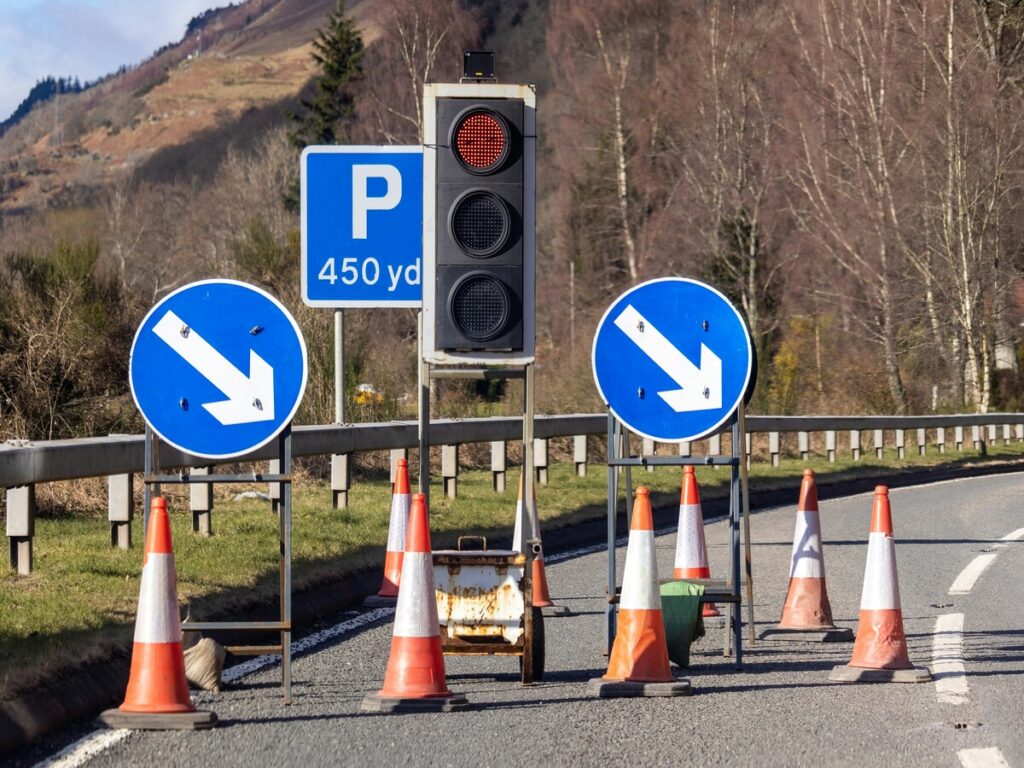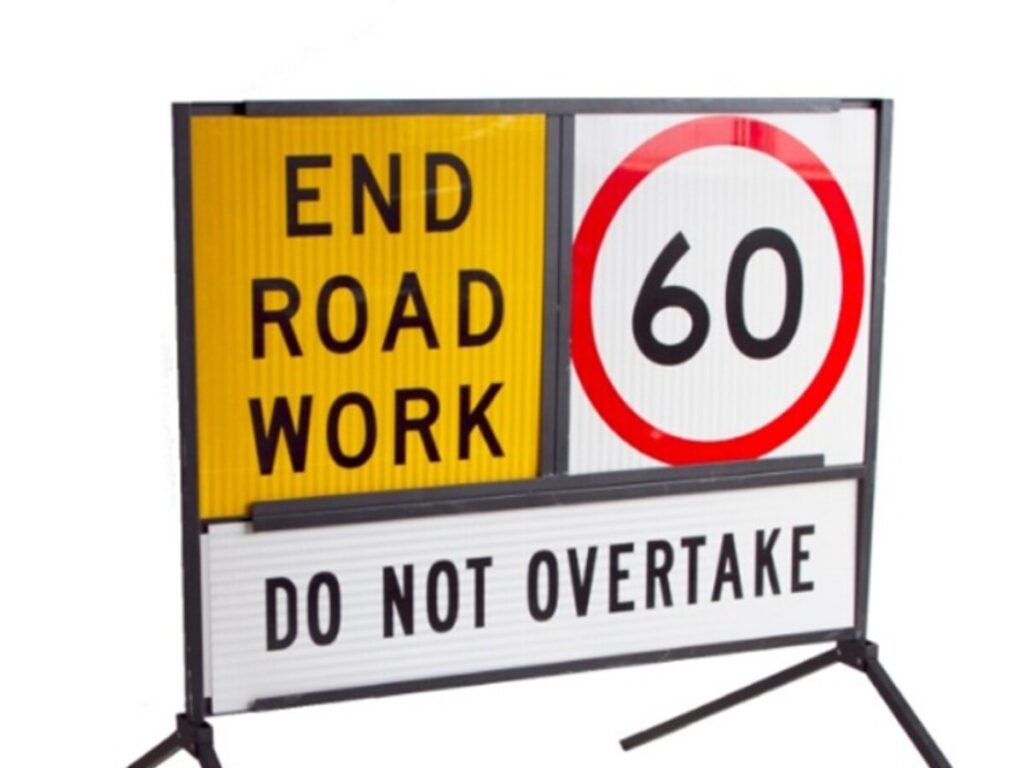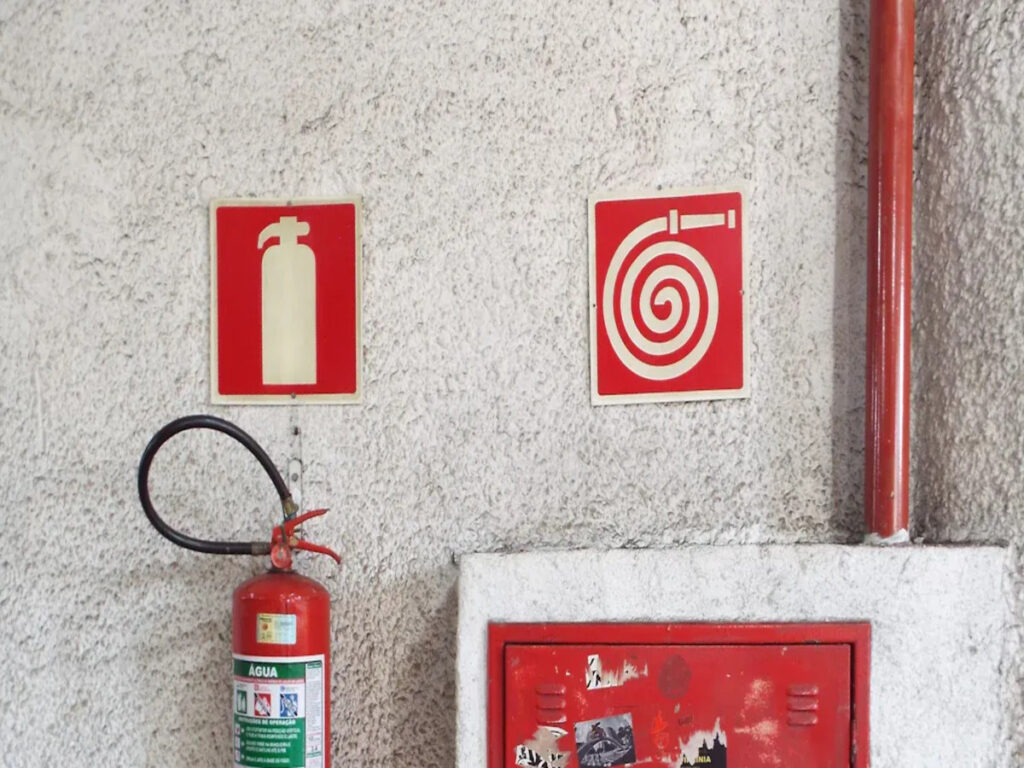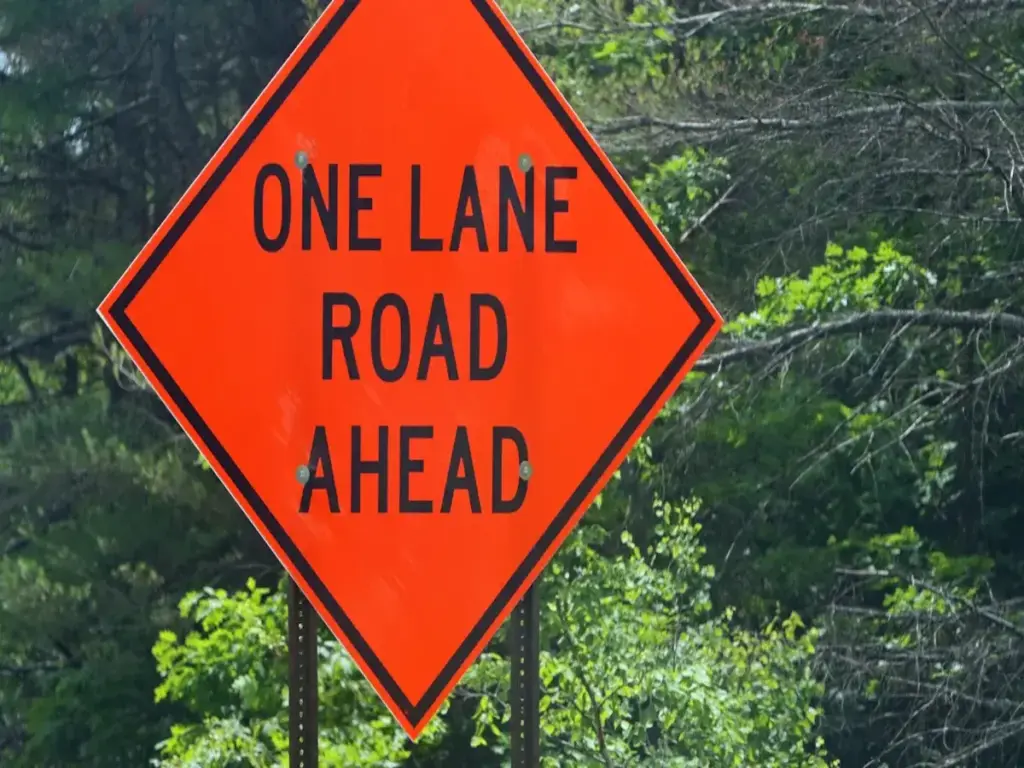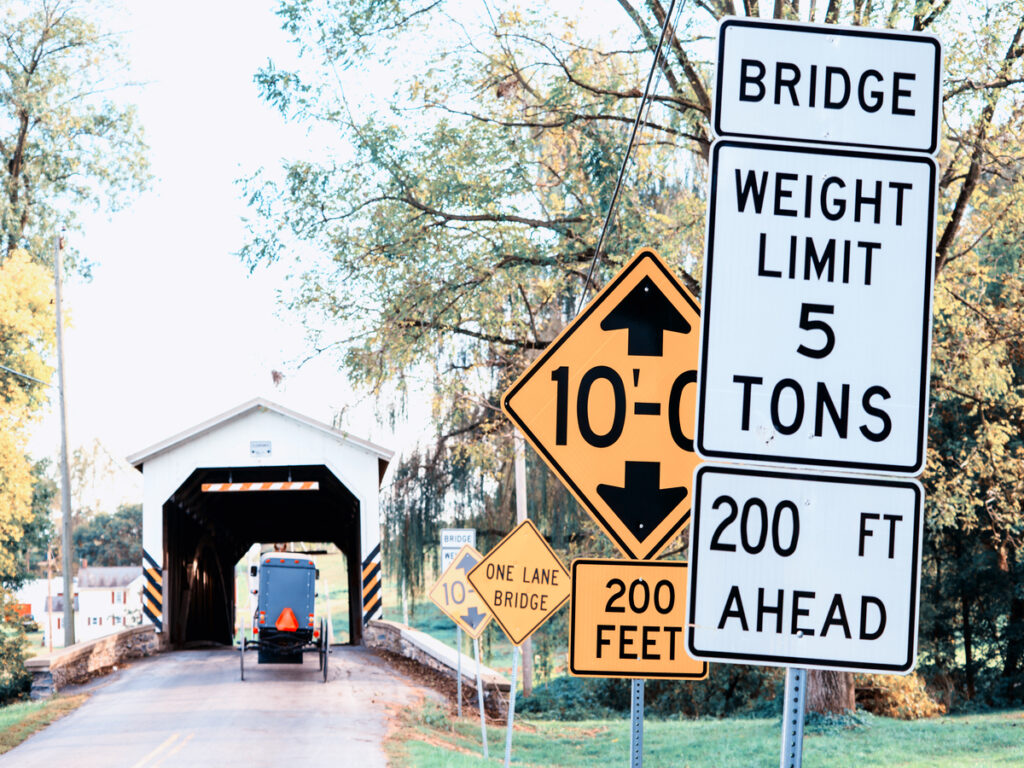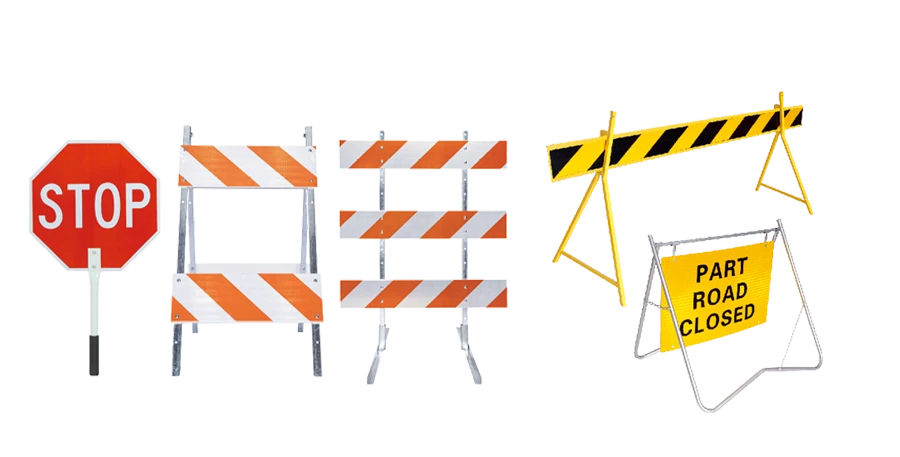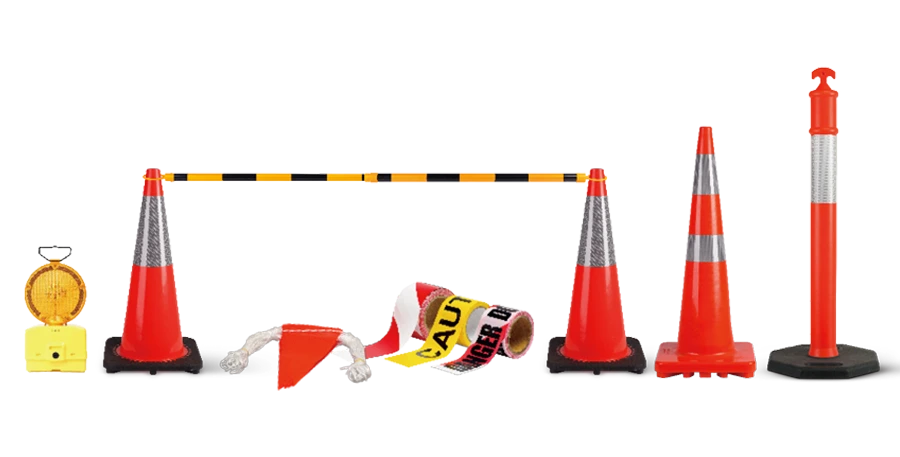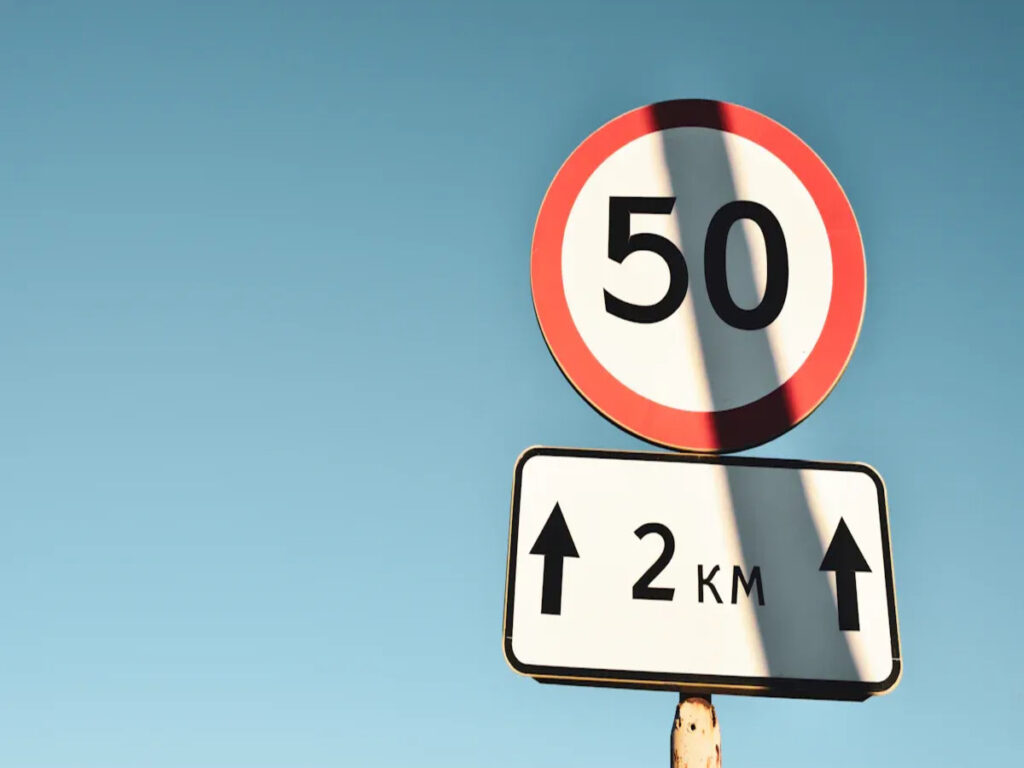
도로를 안전하게 유지하고 표지판을 강하게 유지하려면 교통 통제 표지판에 적합한 알루미늄 두께를 선택해야 합니다.. 호주에서는, 대부분의 징후, STOP 표지판처럼, 사이에 알루미늄 시트를 사용 1.6 MM과 2.0 두께 mm. 두께는 풍하중 구역에 따라 다릅니다., 표지판을 어떻게 설치하는가, 그리고 현지 규칙. 올바른 두께를 선택하면 간판이 휘어지는 것을 방지하는 데 도움이 됩니다., 분리, 그리고 손상, 더 오래 지속되고 안전 표준을 충족하는지 확인.
광교통 제안 교통 표지 made with high-quality aluminium in standard Australian thicknesses. We supply custom traffic control signs that meet AS 1742 and local council requirements, with options tailored to your region’s wind rating and installation needs. Whether you need a single sign or bulk wholesale supply, our signs are built to last in tough conditions.
Importance of Thickness for Traffic Control Signs
안전 및 규정 준수
You play a key role in keeping roads safe when you choose the right thickness for traffic control signs. The correct thickness helps each sign stay strong during storms and high winds. If you use a plate that is too thin, the sign may bend, shake, or even fall. This can put drivers and pedestrians at risk. Australian standards set clear rules for sign thickness to make sure every sign can handle local wind loads. 이 규칙을 따를 때, you help prevent accidents and keep your signs in place.
팁: Always check the wind zone for your area before you pick a sign thickness. This simple step helps you meet safety standards and avoid costly mistakes.
내구성 및 유지 보수
Thicker aluminium plates give your signs more strength and help them last longer. You want your traffic control signs to stand up to rain, 해, and wind for many years. Aluminium naturally resists rust because it forms a protective oxide layer. Many signs also use anodising to boost this protection. The type of reflective sheeting you choose affects how long the sign stays bright and visible. Engineering grade sheeting can last up to 7 연령, high-intensity prismatic sheeting lasts 7 에게 10 연령, and diamond-grade sheeting can last over 10 연령. While the thickness of the aluminium helps with strength, the sheeting often decides how long the sign remains easy to see.
- Thicker plates mean less bending and fewer repairs.
- Proper thickness reduces the chance of cracks or warping, 가혹한 날씨에도.
When you select the right thickness, you save time and money on maintenance. Your signs stay readable and safe for longer, which benefits everyone on the road.
Aluminium Thickness Options
1.6mm Aluminium
Most traffic control signs in Australia use 1.6mm aluminium. This thickness is good for city and suburban roads. It fits small or medium signs like regulatory, 경고, and parking signs. Industry rules say 1.6mm aluminium is best for most permanent traffic control signs. Temporary and some parking signs may need something different. You get many benefits from this thickness:
- It is strong but not too heavy.
- The material does not rust, 표지판은 더 오래 지속됩니다.
- It holds reflective sheeting and inks well, so signs stay bright.
- These signs are easy to shape and put up.
- The material can be recycled, 행성을 돕는다.
- You spend less on repairs because the signs last longer.
You often see 1.6mm aluminium where wind is not too strong. It works well if the sign has a strong frame.
2.0mm Aluminium
Pick 2.0mm aluminium for bigger signs or windy places. This thickness makes signs stiffer and stronger. It is used for guide signs, 방향 패널, and signs in open or country areas. 2.0mm aluminium stands up to strong winds and does not bend easily. Many councils use this thickness for signs over 1200mm wide or tall. You can trust 2.0mm aluminium for signs in tough spots.
3.0mm Aluminium
Choose 3.0mm aluminium for the hardest jobs. This thick plate is for very big signs, highway gantries, or places with cyclonic winds. You see 3.0mm aluminium on overhead signs and in places with very strong winds. The extra thickness stops bending, 뒤틀림, 그리고 손상. It works even if the sign stands alone with no extra support. This option is heavier, but it keeps signs safe and strong for a long time.
메모: Australian standards like /nzs 1906.1 그리고 /nzs 1170.2 help you pick the right thickness. Always check these rules before you choose.
Wind Load and Sign Size
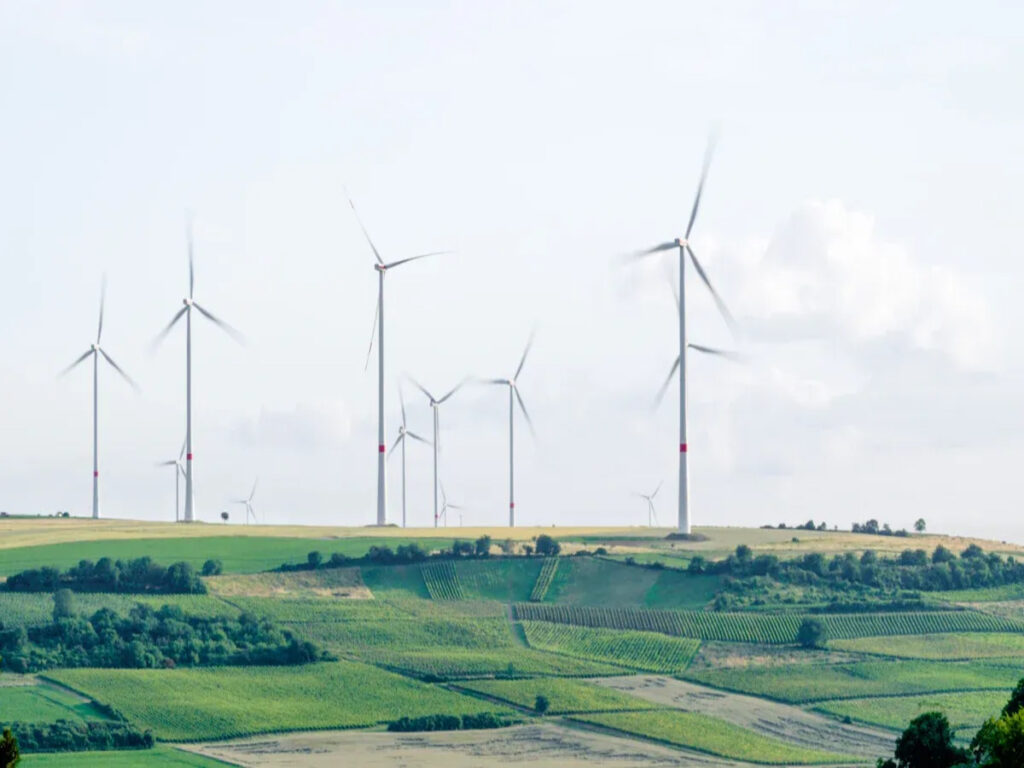
Wind Zones
You need to know your wind zone before you choose the right sign thickness. Australia has different wind regions, each with its own design wind speeds. 해안 지역, open plains, and high places often face stronger winds. The wind zone for your location tells you how much force your sign must handle. If you install a sign in a high-wind area, you must pick a thicker plate or add extra support.
Sign Dimensions
The size of your sign matters just as much as the wind. 호주에서는, common traffic control signs like stop signs come in several sizes. You might see a standard stop sign ~에 30 인치 단위로 30 신장. 작은 표시, such as those in car parks, measure 24 인치 단위로 24 신장. 더 큰 표시, 고속도로에있는 것들처럼, can reach 36 인치 단위로 36 신장. Speed limit signs often measure 450 mm by 600 mm. Bigger signs help drivers see messages from far away, 특히 빠른 도로에서. As the sign gets larger, it catches more wind, so you need to use thicker aluminium or add a strong frame.
Wind Load and Traffic Control Signs
You must calculate wind load to make sure your sign stays safe. The Australian Standard AS/NZS 1170.2 gives you a clear method. Here is a simple table to show the main steps:
| Parameter/Step | 설명 | Formula/Value |
|---|---|---|
| Basic Wind Velocity | Considers direction, season, altitude | v_b = c_dir × c_season × c_alt × v_b,지도 |
| Basic Wind Pressure | Pressure from wind speed | q_b = 0.5 × ρ_air × v_b² |
| Wind Force | Total force on the sign | F_w = c_s × c_d × c_f × q_p(z_e) × A_ref |
| Reference Area | Area exposed to wind | width × height |
When you have a large sign or a sign in a windy spot, the wind force increases. If you use a thin plate, the sign may bend or even break. Some signs have failed during storms because they did not meet the right thickness or support. You keep everyone safer when you follow the standards and choose the correct thickness for your traffic control signs.
Structural Support and Installation
Plate Thickness vs. Bracing
You have several options when you want to keep your sign strong and stable. The thickness of the aluminium plate is important, but you can also use extra support. Here are some common support types:
- Cantilevered supports hold the sign from one side.
- Full span supports stretch across the road.
- Bridge-mounted supports attach to bridges.
- Butterfly supports use two posts for balance.
Each support type has its own inspection schedule. Full span supports need checks every six years. Cantilevered and bridge-mounted supports need checks every four years. If you use aluminium supports, you should inspect them every two years. This is because aluminium can change over time with wind and weather.
Wind and passing vehicles put stress on the traffic sign and its supports. Strong winds can cause the sign to shake or bend, especially at welded joints. You can use thicker plates to resist bending, or you can add bracing, such as steel channels or 교통 표지 프레임. Bracing lets you use a thinner plate while still keeping the sign safe. You should always follow design guides from your local Department of Transport.
팁: Plan for the whole life of the sign. Most supports last about 34 years if you inspect and maintain them well.
Cost and Handling
Choosing the right thickness affects your budget and how easy it is to install the sign. The table below compares two common materials:
| 측면 | 표준 고체 알루미늄 (0.080″) | 알루미늄 복합 패널 |
|---|---|---|
| 무게 | 더 무겁다 | 거룻배 |
| 엄격 | Good for most signs | Greater rigidity, less bending |
| 비용 | More cost-effective for small projects | Slightly higher upfront cost |
| 설치 | Easy for small signs | Easier to handle, especially for large signs |
Thicker plates give more strength but weigh more. You may need more people or equipment to lift and install them. Lighter panels are easier to move and put up, 시간과 돈을 절약합니다. Aluminium at 0.080 inches thick is popular because it is strong but still easy to handle. You can keep costs down and make installation simple by choosing the right thickness for your needs.
Choosing Thickness for Traffic Control Signs
단계별 가이드
You can choose the right aluminium thickness for your sign by following a clear process. This step-by-step guide helps you match the sign size, 바람 지대, and thickness. Use the table below to make your decision easier.
| 사인 크기 (mm) | 바람 지대 (/nzs 1170.2) | 권장 두께 | 지원이 필요합니다? |
|---|---|---|---|
| 최대 600 엑스 600 | 에이 (낮은) | 1.6 mm | Not usually |
| 최대 600 엑스 600 | 비 (중간) | 1.6 mm | Strong post or frame |
| 600 엑스 600 - 1200 엑스 900 | 에이 (낮은) | 1.6 mm | 프레임 추천 |
| 600 엑스 600 - 1200 엑스 900 | 비 (중간) | 2.0 mm | Frame or bracing |
| 600 엑스 600 - 1200 엑스 900 | 기음 (높은) | 2.0 mm | 브레이싱이 필요합니다 |
| 위에 1200 엑스 900 | 에이 (낮은) | 2.0 mm | 브레이싱 추천 |
| 위에 1200 엑스 900 | 비 (중간) | 2.0–3.0 mm | 브레이싱이 필요합니다 |
| 위에 1200 엑스 900 | 기음 (높은/사이클로닉) | 3.0 mm | 무거운 의무 브레이스 |
팁: Always check your local wind zone before you choose the thickness. Use the Australian Standard AS/NZS 1170.2 for wind zone maps.
You start by measuring your sign. 다음, find out the wind zone for your area. 그 다음에, use the table to match your sign size and wind zone to the right aluminium thickness. If your sign is large or in a high-wind area, you may need extra bracing or a strong frame. For small signs in sheltered spots, 1.6 mm aluminium often works well. For big signs or exposed locations, 선택하다 2.0 mm 또는 3.0 mm aluminium.
Key Questions to Ask
Before you make your final choice, ask yourself these important questions:
- Where will you install the sign? (도시의, 시골의, 연안, or elevated area)
- What is the size of your sign panel?
- How much wind will the sign face in this location?
- Will you use a structural frame or extra bracing?
- Does your project need to meet any special standards or council rules?
- How often will you inspect and maintain the sign?
- Do you have the right equipment to handle and install thicker plates?
메모: You should always follow the latest Australian standards for traffic control signs. This helps you keep your signs safe, 강한, and compliant.
When you answer these questions, you make better choices for your project. You help your signs last longer and stay safe in all weather.
You pick the best aluminium thickness by looking at your sign’s size, the wind zone in your area, and what support it needs. Always use the guide and rules to keep your signs safe and legal.
- The right materials and good placement help people see signs better and stop more accidents.
- If you choose strong equipment, it will last longer and break less often.
- 규칙을 따를 때, your signs are legal and keep everyone on the road safe.
기억하다, if you plan well, roads stay safer and you fix signs less often. Thoughtful choices today lead to fewer replacements, lower long-term costs, and better safety outcomes.
Suppose you want to learn more, 블로그를 확인하십시오: 재료 선택이 호주에서 판매되는 교통 표지의 미래를 형성하는 방법. In that case, it explores how different traffic sign materials impact durability, 규정 준수, and environmental performance.
FAQ
What happens if you use aluminium that is too thin for a traffic sign?
If you use aluminium that is too thin, your sign may bend, shake, or even fall during strong winds. This can cause safety risks for drivers and pedestrians. Always match thickness to wind zone and sign size.
How do you find your local wind zone in Australia?
You can check your local wind zone by using the Australian Standard AS/NZS 1170.2 wind region maps. Local councils or road authorities can also provide this information. Knowing your wind zone helps you choose the right sign thickness.
Can you use bracing instead of thicker aluminium?
예, you can use bracing or a strong frame to support thinner aluminium plates. Bracing helps your sign resist bending and keeps it stable in windy areas. This can save money and make installation easier.
Do larger traffic signs always need thicker aluminium?
Larger signs catch more wind, so they often need thicker aluminium or extra support. You should always check the sign size and wind exposure before choosing the thickness. Use the guide table to help you decide.
How often should you inspect traffic control signs?
You should inspect most signs every two to four years, depending on the support type and location. Regular checks help you spot damage early and keep your signs safe and visible.

